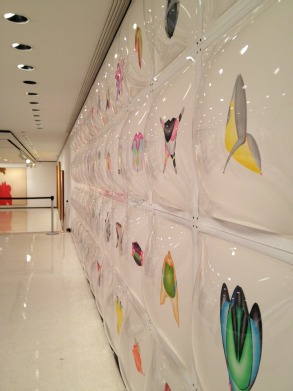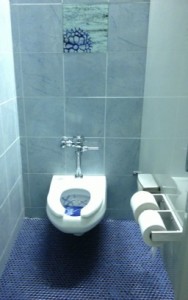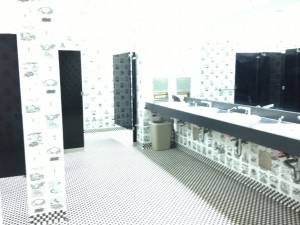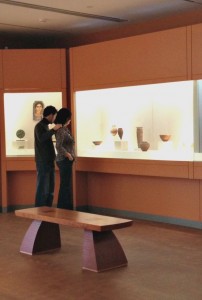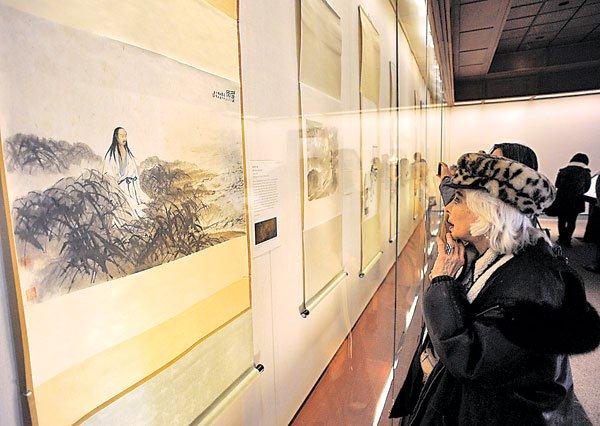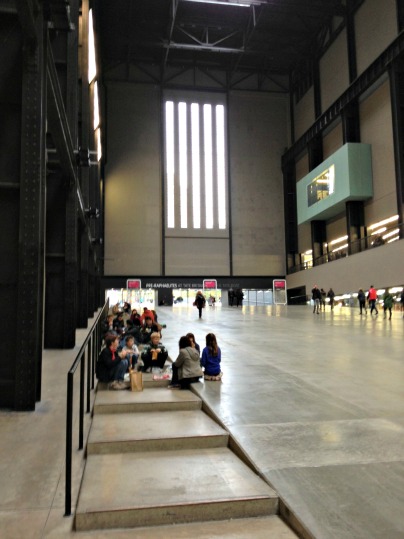Michael Govan, director of the Los Angeles County Museum of Art, has been taking heat in the last few days about his decision to increase the membership dues for various art groups at the museum. I think he’s right to do so…though I am not sure he and the museum have put forth their entire case.
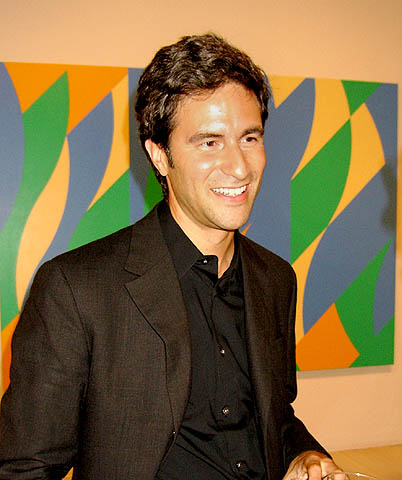 The outcry began last week, when the museum hiked yearly dues for members of 10 support councils to $1,000, plus a $250–level museum membership they must now buy. In the past, the dues for these groups, organized around art categories, like photography, decorative arts, European art, etc., were as low as $400 a year. The new fee was long overdue, Govan told the Los Angeles Times, adding: “This change will bring us more in line with other museums nationally,” he said, citing higher dues at other museums in Los Angeles, Boston and New York. “To have an affinity group that has direct access to curators and artists, even at the new number, you could call it a bargain.”
The outcry began last week, when the museum hiked yearly dues for members of 10 support councils to $1,000, plus a $250–level museum membership they must now buy. In the past, the dues for these groups, organized around art categories, like photography, decorative arts, European art, etc., were as low as $400 a year. The new fee was long overdue, Govan told the Los Angeles Times, adding: “This change will bring us more in line with other museums nationally,” he said, citing higher dues at other museums in Los Angeles, Boston and New York. “To have an affinity group that has direct access to curators and artists, even at the new number, you could call it a bargain.”
Members begged to differ. One interpreted the increase as a play to only large donors on the part of the museum, whereas Govan reportedly said at a meeting that “the changes [are] part of a larger rethinking of the role of these groups. They were instrumental in fundraising in the museum’s early years before it even had a development office. Now, he said, it was important to make the system ‘simpler’ and ‘more professional.’ ” The article continued:
The plan includes dismantling the boards of the councils, leaving only a chairperson in place to help the department curator and development staff organize events. He also described a change in what the councils would do: organizing public events instead of private parties and focusing “more on education and the sharing of enthusiasm than acquisitions.”
The next day, the LATimes reported that “Diana Gutman, chairwoman of the Art Museum Council at LACMA, says the group’s 40-member board has voted unanimously to stop volunteering at the museum next year” because of the change. And, the story said:
Founded in 1952 before LACMA even had its Wilshire campus, the Art Museum Council is LACMA’s oldest support group. Early on it acquired major paintings by Josef Albers, Jackson Pollock, Piet Mondrian and Stuart Davis. It also commissioned an Alexander Calder mobile for the LACMA campus — called “Hello Girls” as a nod to the women on the council. One of its leading fundraisers was a yearly “Art and Architecture” tour taking visitors into collectors’ home.
Gutman ended her email by saying, “Our group is determined to stay together and to find another avenue that will allow us to continue to support emerging artists, beginning collectors and the art community at large. Our 60-year legacy of service to LACMA [can be] seen in the massive number of works we purchased that hang on the museum walls and the magnificent Calder mobile that cheerfully greets visitors.”
Govan has a PR problem on his hands, and he needs to take care of it. I think he may need to expand on his reasons — the idea of professionalizing development (Arnold Lehman at the Brooklyn Museum did something similar, you’ll recall) — may be true, but there’s a more compelling rationale, I am guessing.
My discussions with other museum directors suggests that these affinity groups — with internal parties and behind-the-scenes events, among other things — cost the museum more than they bring in. They require the time of curators. In the end, the museum ends up subsidizing them, rather than the other way around. Yet these members are better-heeled than the general public; they shouldn’t be getting the subsidy.
Govan may have to share more numbers with the public to make that case convincingly, and he may be reluctant to do it. Too bad.

